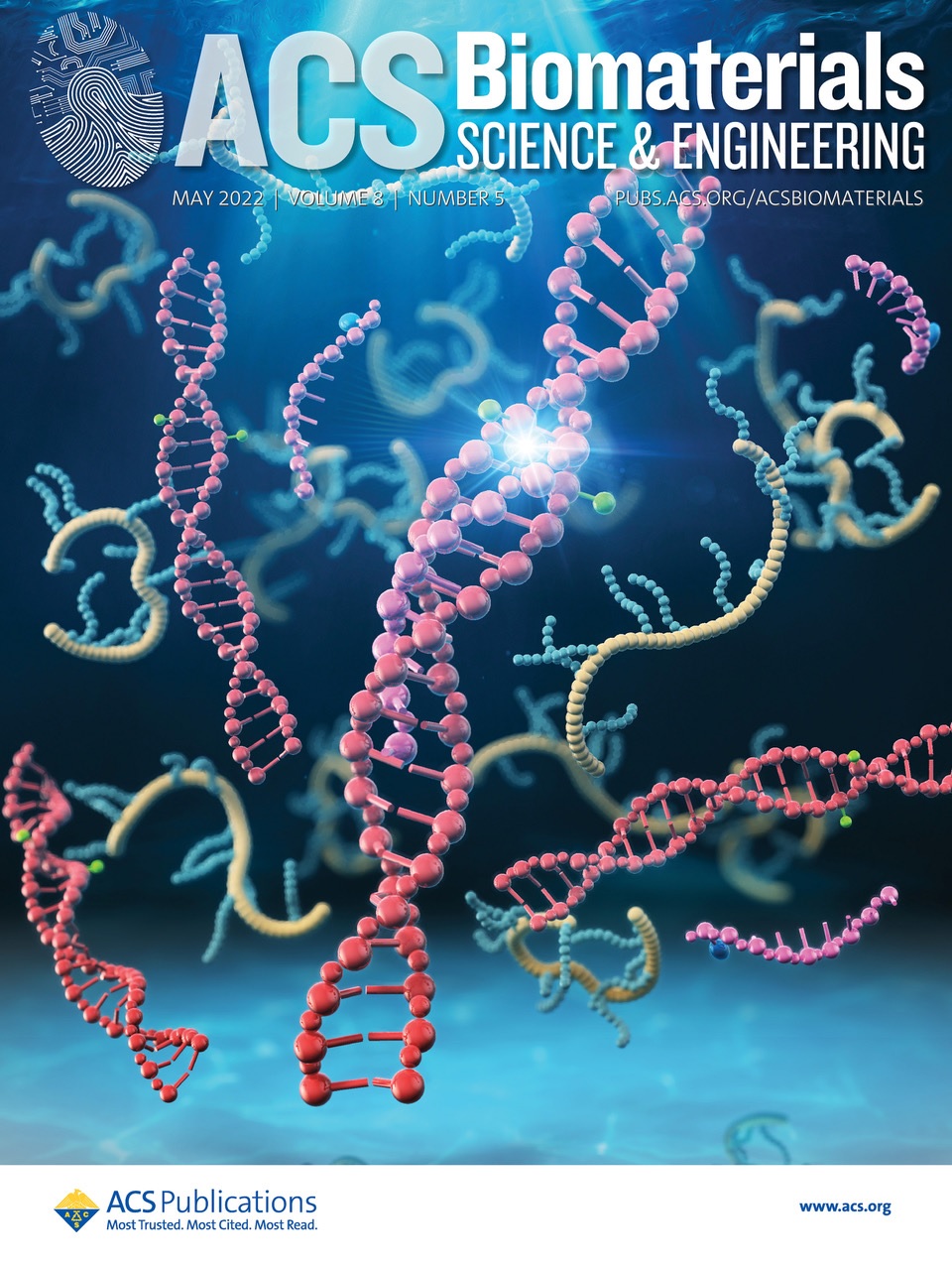A simple and efficient gene functional analysis method for studying the growth and development of peach seedlings
IF 5.4
2区 医学
Q2 MATERIALS SCIENCE, BIOMATERIALS
引用次数: 0
Abstract
Stable genetic transformation of peach [Prunus persica (L.) Batsch] still faces many technical challenges, and existing transient expression methods are limited by tissue type or developmental stage, making it difficult to conduct functional analysis of genes regulating shoot growth. To overcome this dilemma, we developed a three-step method for efficient analysis of gene functions during peach seedling growth and development. This method resulted in transformation frequencies ranging from 48 to 87%, depending on the gene. From transformation of germinating seeds to phenotyping of young saplings took just 1.5 months and can be carried out any time of year. To test the applicability of this method, the function of three tree architecture-related genes, namely PpPDS, PpMAX4 and PpWEEP, and two lateral root-related genes, PpIAA14-1 and -2, were confirmed. Since functional redundancy can challenge gene functional analyses, tests were undertaken with the growth-repressor DELLA, which has three homologous genes, PpDGYLA (DG), PpDELLA1 (D1) and -2 (D2), in peach that are functionally redundant. Silencing using a triple-target vector (TRV2-DG-D1-D2) resulted in transgenic plants taller than those carrying just TRV2-DG or TRV2. Simultaneously silencing the three DELLA genes also attenuated the stature of two dwarf genotypes, ‘FHSXT’ and ‘HSX’, which normally accumulate DELLA proteins. Our study provides a method for the functional analysis of genes in peach and can be used for the study of root, stem and leaf development. We believe this method can be replicated in other woody plants.研究桃幼苗生长发育的一种简单高效的基因功能分析方法
桃[Prunus persica (L.) Batsch]的稳定遗传转化仍面临许多技术挑战,现有的瞬时表达方法受组织类型或发育阶段的限制,难以对调控幼苗生长的基因进行功能分析。为了克服这一难题,我们开发了一种三步法,用于高效分析桃幼苗生长发育过程中的基因功能。根据基因的不同,该方法的转化率从 48% 到 87%不等。从萌芽种子的转化到幼苗的表型分析只需 1.5 个月,并且可以在一年中的任何时间进行。为了测试这种方法的适用性,我们确认了三个与树木结构相关的基因(即 PpPDS、PpMAX4 和 PpWEEP)以及两个与侧根相关的基因(PpIAA14-1 和 -2)的功能。由于功能冗余会对基因功能分析提出挑战,因此对生长抑制因子 DELLA 进行了测试,桃中的三个同源基因 PpDGYLA (DG)、PpDELLA1 (D1) 和 -2 (D2)具有功能冗余。使用三靶向载体(TRV2-DG-D1-D2)进行沉默,转基因植株比只携带 TRV2-DG 或 TRV2 的植株高。同时沉默三个 DELLA 基因还能减弱两种矮小基因型 "FHSXT "和 "HSX "的身材,这两种基因型通常会积累 DELLA 蛋白。我们的研究为桃基因的功能分析提供了一种方法,可用于研究根、茎和叶的发育。我们相信这种方法可以在其他木本植物中推广。
本文章由计算机程序翻译,如有差异,请以英文原文为准。
求助全文
约1分钟内获得全文
求助全文
来源期刊

ACS Biomaterials Science & Engineering
Materials Science-Biomaterials
CiteScore
10.30
自引率
3.40%
发文量
413
期刊介绍:
ACS Biomaterials Science & Engineering is the leading journal in the field of biomaterials, serving as an international forum for publishing cutting-edge research and innovative ideas on a broad range of topics:
Applications and Health – implantable tissues and devices, prosthesis, health risks, toxicology
Bio-interactions and Bio-compatibility – material-biology interactions, chemical/morphological/structural communication, mechanobiology, signaling and biological responses, immuno-engineering, calcification, coatings, corrosion and degradation of biomaterials and devices, biophysical regulation of cell functions
Characterization, Synthesis, and Modification – new biomaterials, bioinspired and biomimetic approaches to biomaterials, exploiting structural hierarchy and architectural control, combinatorial strategies for biomaterials discovery, genetic biomaterials design, synthetic biology, new composite systems, bionics, polymer synthesis
Controlled Release and Delivery Systems – biomaterial-based drug and gene delivery, bio-responsive delivery of regulatory molecules, pharmaceutical engineering
Healthcare Advances – clinical translation, regulatory issues, patient safety, emerging trends
Imaging and Diagnostics – imaging agents and probes, theranostics, biosensors, monitoring
Manufacturing and Technology – 3D printing, inks, organ-on-a-chip, bioreactor/perfusion systems, microdevices, BioMEMS, optics and electronics interfaces with biomaterials, systems integration
Modeling and Informatics Tools – scaling methods to guide biomaterial design, predictive algorithms for structure-function, biomechanics, integrating bioinformatics with biomaterials discovery, metabolomics in the context of biomaterials
Tissue Engineering and Regenerative Medicine – basic and applied studies, cell therapies, scaffolds, vascularization, bioartificial organs, transplantation and functionality, cellular agriculture
 求助内容:
求助内容: 应助结果提醒方式:
应助结果提醒方式:


